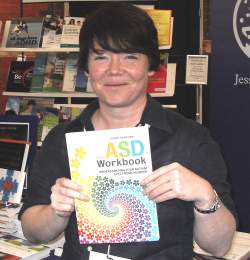Growing Interest in Linda Miller’s 5P Approach brings new Training Courses to Central London
The 5P Approach, featured in Linda Miller’s book Practical Behaviour Management Solutions for Children and Teens with Autism, is gathering a rapidly growing number of…









